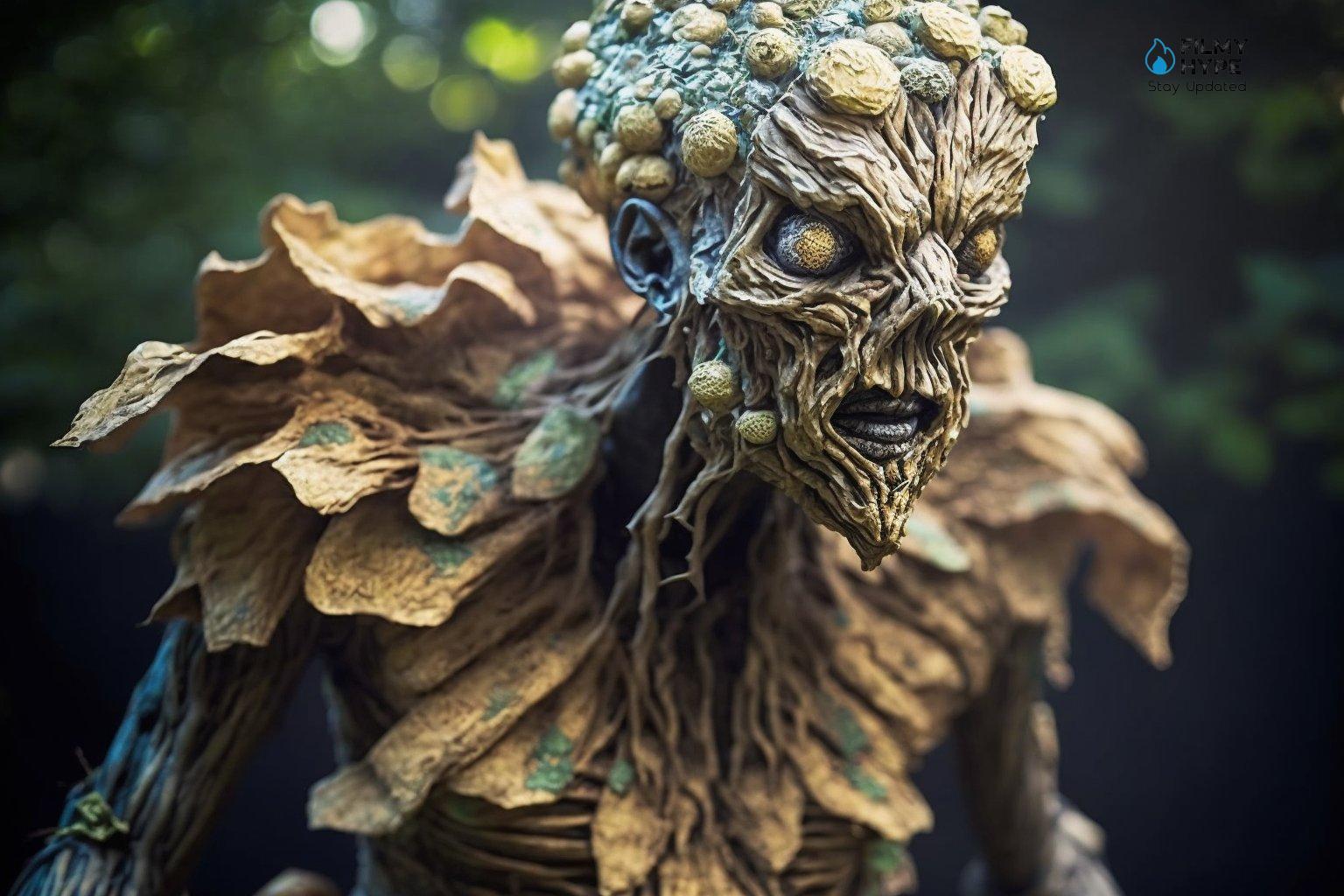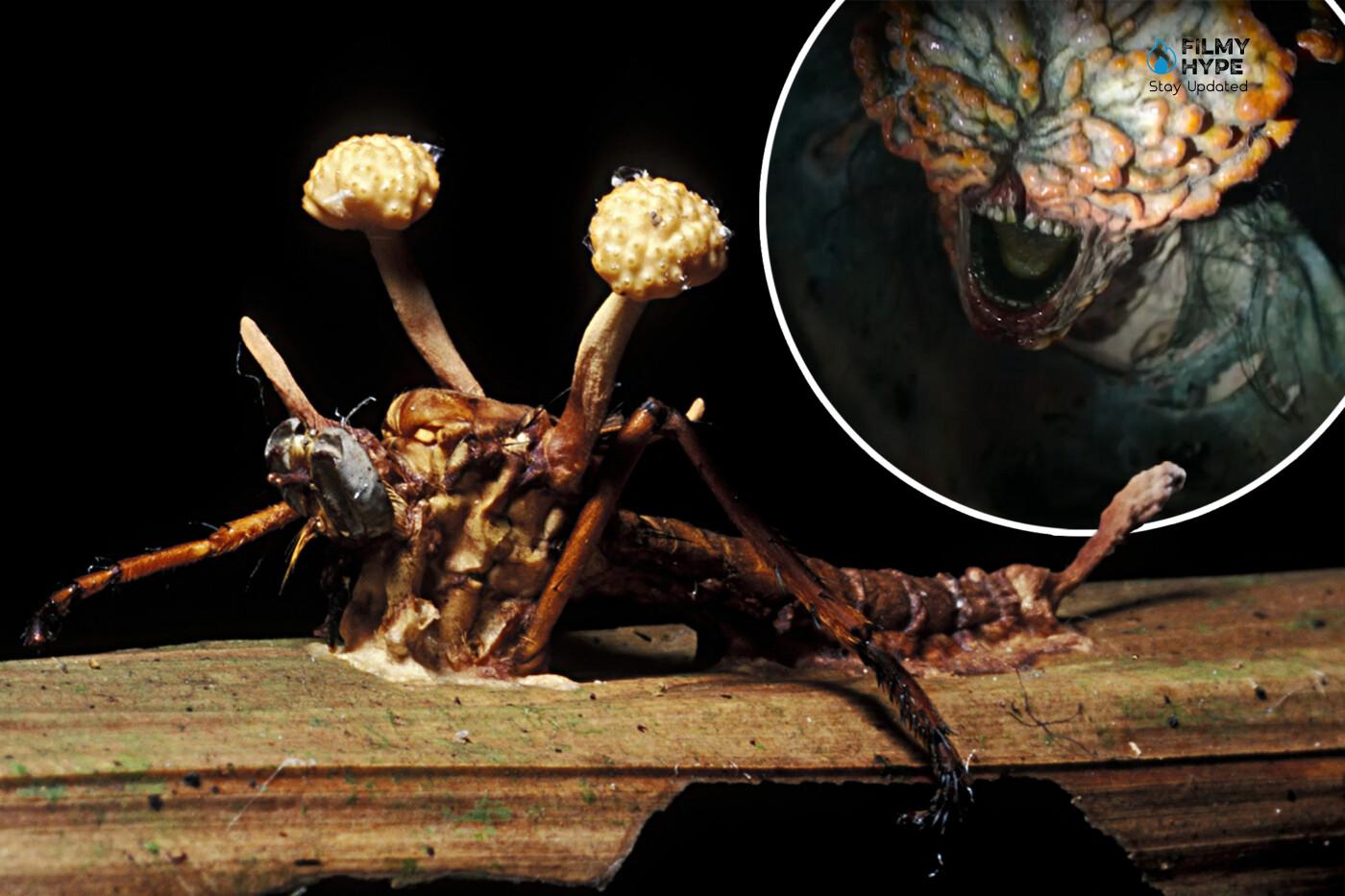The Last of Us: Pandemic Fiction or Reality? Can a Fungus Be Mutated by Global Warming?
Can a fungus be mutated by global warming? Is Cordyceps so harmful to humans and can it control minds? Science comes across very strongly in The Last of Us series.
The TV series of the moment, or which in any case is viewed by many users, is undoubtedly The Last of Us. This serial product is proving particularly successful and can embrace different users: fans of the video game from which it is based, fans of the “apocalyptic” series, but also simple fans of stories mixed between science and fantasy. Yes, the word science is a word that occurs over and over again in the very first episodes of The Last of Us and it is surprising, unfortunately, how much truthfulness is found in some basic concepts of the pandemic told in this series.

But before delving into the scientific merits, or otherwise, of this product, it is right to remember that The Last of Us has the merit of having broken an invisible wall that had lasted for at least twenty years: that of transposing a videogame product into something extremely Interesting. The story of The Last of Us, takes place twenty years after the destruction of modern civilization and Joel, a cunning survivor, is tasked with breaking Ellie, a 14-year-old girl, out of a tightly guarded quarantine zone. A seemingly easy task that soon turns into a brutal and harrowing journey, as the two will have to cross the United States together and depend on each other for survival. The destruction of “reality” is given by a pandemic event which is explained to us in the prologue of the first episode, which opens by showing a television broadcast from the late 1960s, in which an epidemiologist talks about the possibility that a fungus triggers a pandemic.
A mushroom gene could mutate, and a mushroom could make its way into our brains and take control of billions of humans: puppets with poisoned minds focused on a single goal. Spread the infection to any other human being, by any means necessary. There are no treatments for things like this. They do not exist, nor is it possible to make them. We lose, that’s all.
This is exactly what happens in the series (and in the video game): a mutated parasitic mushroom, the Cordyceps, infects humans with its spores, effectively transforming them into monstrous beings, half zombies and half creatures on which other fungi proliferate. So how much truth is there behind this concept? Without a doubt, the video game-born before the Covid-19 period had a different impact on the consciences of gamers, but when the word pandemic is mentioned in 2023, the effect is certainly different, which is why it is right to understand how much reality mixes with fiction.
The Last of Us: A Fungus Mutated By Global Warming?
One of the very first pieces of information that are provided in the prologue of The Last of Us is precisely the mutation of a mushroom due to global warming. Unfortunately, this phenomenon is not something invented by the production, there are already examples that demonstrate that the rise in planetary temperature is modifying some species of fungi. One above all is Candida Auris, the ‘killer fungus’ which is worrying the various mycologists around the world because first of all it is proving to be resistant to all drugs and has changed due to climate change, which has meant that there were the right conditions for it to suitable for infecting humans. This was stated by the study published by the journal mBio, which describes the first case of fungal infection driven by global warming.
The expected increase in temperatures will particularly affect the coldest areas of America, where many species could disappear due to the heat and others, like in this case, mutate. In both cases, the consequences could be worrying, because fungi are also a decisive factor in the growth of trees: they protect their roots (and consequently stop soil erosion), accumulate CO2 and promote the growth of their hosts, helping them in the assimilation of nitrogen. Boreal forests risk suddenly finding themselves warm, and without any protection from higher temperatures: more than a quarter of ectomycorrhizae could be eliminated, over an area of 3.5 million km, according to the study authors square, i.e. twice Alaska.
Can a Mushroom Control the Mind?
Absolutely yes. A fungus of the Ophiocordyceps species alters the behavior of ants to be able to propagate more efficiently. In the prologue of the first episode in the chat with the scientists, this behavior is mentioned, which has been scientifically proven for some time. So, zombies exist and are also very similar to those of The Last of Us. Moreover, these “zombies” have lived on Earth for at least 48 million years, however, the good news is that they are not human zombies. So, tell through their studies David Hughes, Torsten Wappler, and Conrad C. Labandeira on “Biology letters”, after examining a leaf fossil found in Messel in Germany. There is a mushroom of the Ophiocordyceps species, which controls the mind of certain species of ants, for example, the Camponotus leonardi. When the insect becomes infected, it leaves the colony, wanders in the forest until it encounters a leaf, bites into a vein, and dies.

In this way, it creates the ideal conditions for the mushroom carpophore (the fruiting body, the part that we can normally see of the mushroom) to grow right on the victim’s corpse. According to the three scientists, this example of parasitism has existed for quite some time, and the bites that the ant leaves on the leaf before dying have a characteristic, easily recognizable imprint. Mycologists Hughes and colleagues found several of these marks on a fossilized leaf, almost 48 million years old, where there are twenty-nine footprints on the same leaf, made by at least seven ants. According to the three, this proves that the mushroom (or an ancestor of it) implemented this mind control in very ancient times and therefore confirms the thesis of the scientists of The Last of Us.
Does Cordyceps Really Exist?
Another yes for science. Cordyceps really exists and is a genus of parasitic fungus of the Cordycipitaceae family which grows on, in, and eventually out of insects and each variant of it profiles a different species. These mushrooms are divided into two large groups. The first, which includes parasites of underground fungi, include only about fifteen species in the world. While the second, which includes parasites mainly of insects, but also of spiders, is much larger and includes more than 250 species distributed mainly in tropical regions and Asia. Only about twenty species of those mentioned in the mycological literature have been found in Western Europe. Among these categories there are “breeds” of Cordyceps very close to the role used in the series, others even with beneficial purposes, highly sought after in the Nepalese areas and oriental medicine.
There is, for example, a variety that grows specifically on moth caterpillars. The behavior of this fungus, as well as that of all the parasites, is very disturbing as the spores of this Cordyceps push the insects to behave irregularly (as we have read in the speech of the ants), assuming control of their brain and their motor functions and transforming them into beings that with a little imagination we could call zombie insects. The spores of Cordyceps deposit on the insect and then germinate and form the hyphae which, during the winter, will continue to grow inside the host. The grown hyphae transform into mycelium which spreads and continues its growth consuming the insect from the inside, eventually occupying its entire body. After the winter, once the optimal environmental conditions have been established, a mushroom, in the shape of a blade or rod, will be produced from the head of the insect, and this protuberance is called the fruiting body, also determining the death of the insect and the beginning of a new life cycle for the fungus, with the release of new spores. Although this phase is very similar to the propagation of the virus in The Last of Us, indeed, the benefits it brings are many.

The components present in Cordyceps benefit the entire human body. First, this mushroom can stimulate and modulate the immune response, increasing the body’s natural defenses in times of severe stress. It also has anti-inflammatory and antioxidant properties which help fight chronic inflammatory states and slow down the aging process, which is why this remedy is also called the ” mushroom of youth “. Furthermore, the adaptogenic and tonic action can be exploited to increase physical resistance, and improve sporting and sexual performance, for this very reason Cordyceps is also known as ” Himalayan Viagra”: it seems that its intake can regulate hormone production by acting on the reproductive system. Other characteristics of this particular mushroom to remember are the antioxidant action, capable of reducing the levels of LDL cholesterol or “bad” cholesterol, decreasing pressure, and acting as a vasorelaxant with benefits on the cardiovascular system.
In addition to the heart and cardiovascular system, Cordyceps also benefits the liver and kidneys, protecting liver cells from toxic substances and improving kidney function. Finally, finally, the killer mushroom of The Last of Us, in everyday life manages to feel an anticancer activity. Promising laboratory studies have shown that Cordyceps has antitumor activity in several types of cancer, including lymphoma, melanoma, prostate, breast, liver, and colorectal cancer. Some experiments have identified that the therapeutic dose of Cordyceps to observe the effects is equal to 6.0 grams per day, in fact, a subsequent study, conducted on 50 patients suffering from lung cancer, demonstrated that the intake of 6.0 grams of Cordyceps per day for two months, obviously associated with chemotherapy (we’re not talking about replacement therapy), he demonstrated a reduction in the size of the tumor in 46% of cases.
Is The Zombie Apocalypse From Cordyceps Real?
Although all the information that is told within The Last of Us is real, the Cordyceps pandemic is nothing scientifically proven, nor is it the transformation of humans into zombies (it is fair to underline this). However, the imagination of the video game developers, together with the writers of the series, has given the viewer a cross-section of an apocalyptic world based on very concrete scientific facts, such as the proliferation of the same Cordyceps, the possible mutation due to climate change and the “power” to control the mushroom’s mind. When science meets the world of cinema in this way sensational products such as The Last of Us can only come out.



